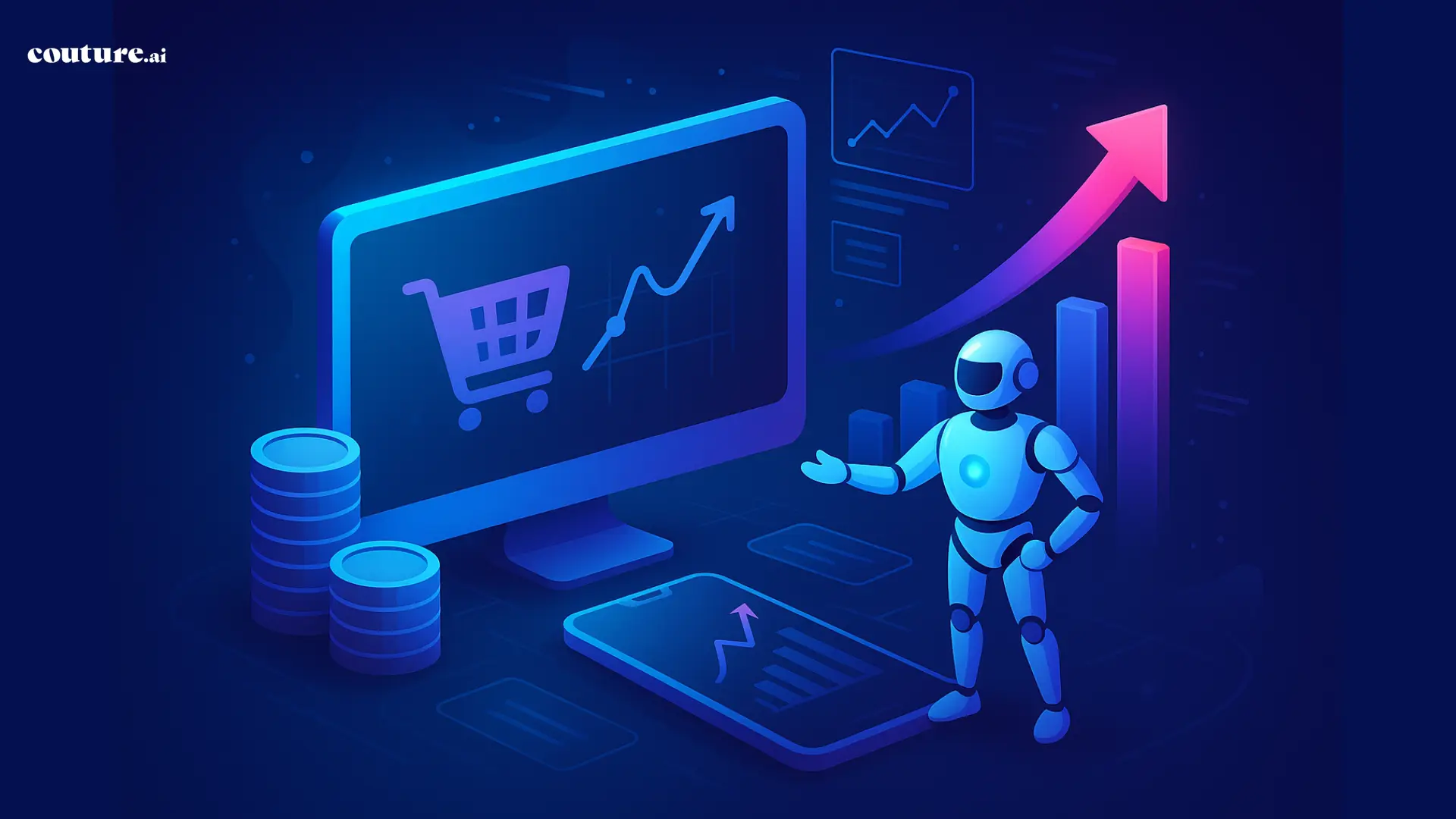Big names like Amazon and Walmart adjust prices frequently, with Amazon changing prices every 10 minutes or more often at times.
Dynamic pricing used to be reserved for big airlines and ride-sharing apps. Not anymore. E-commerce retailers are catching on fast.

Picture this scenario. Your biggest competitor cut their price by 15% on your bestselling product. You find out three hours later during your routine price check. How many sales did you lose in those three hours?
This is the reason why modern retailers are adopting dynamic pricing strategies. They're not just reacting to the market anymore but anticipating it.
Dynamic pricing in e-commerce means your product prices adjust automatically based on real market conditions. Think demand fluctuations, competitor movements, and inventory levels.
Instead of manually checking and updating hundreds of prices daily, algorithms handle the heavy lifting.
This eliminates false assumptions and ensures your prices stay competitive around the clock.
Fixed pricing puts you at a disadvantage. Here's the reality:
According to McKinsey & Company, companies that implement dynamic pricing strategies can see margin improvements of 5 to 10% and sales growth between 2 to 5%. This shows how pricing agility directly impacts profitability and competitiveness in fast-moving markets.
Set automated pricing rules like "maintain 15% margin" or "match competitors within 2%," and our system executes them continuously without manual intervention.
Raise prices when demand spikes. Lower them when demand drops.
Excess inventory? Reduce prices to accelerate turnover. Limited stock? Increase prices to maximize revenue per unit.
This approach keeps cash flow healthy and minimizes storage expenses.
Real-world example: Consumer electronics see higher weekend sales. Smart retailers increase prices on Friday evening and reduce them on Monday morning.
Monitor these essential metrics:
Use this data to refine your pricing logic continuously.
Industry research by McKinsey reveals that a mere 1% price increase can translate to a 22% rise in EBITDA margins, highlighting the significant impact even small pricing optimizations can have on a company’s financial health.
Machine learning is making pricing decisions smarter every day. Next-generation systems will predict demand shifts before they happen.
Early adopters of these technologies will gain significant competitive advantages.
Dynamic pricing has become important for the competitive e-commerce segment. Manual pricing simply cannot keep pace with today's market dynamics.
Start simple. Test systematically. Refine based on results.
Your competitors are already implementing smart pricing strategies. Every day you wait is revenue left on the table.
Time to take action? Absolutely.
Start with Couture.ai today and discover how intelligent pricing drives 15-25% profit increases.
Subscribe to get the latest updates and trends in AI, automation, and intelligent solutions — directly in your inbox.
Stay Informed: Insights and Trends from Couture AI
Reduce operational complexity, improve planning accuracy, and deliver smarter retail execution with Couture AI.